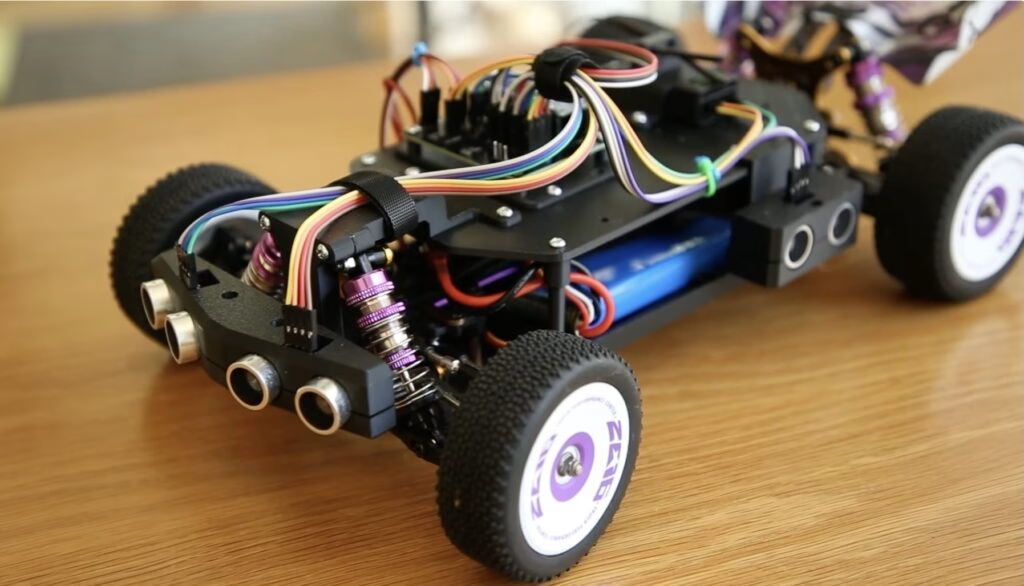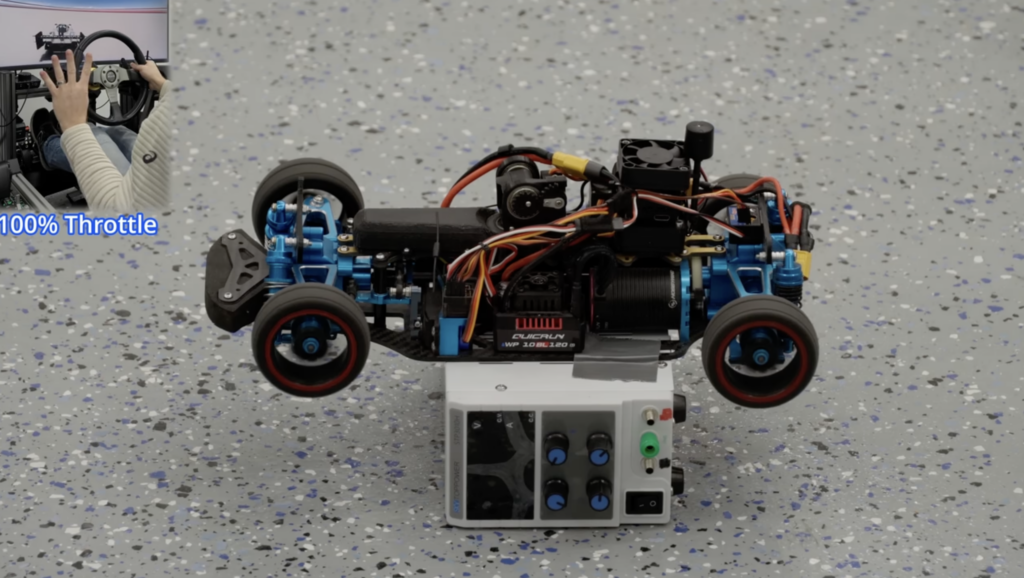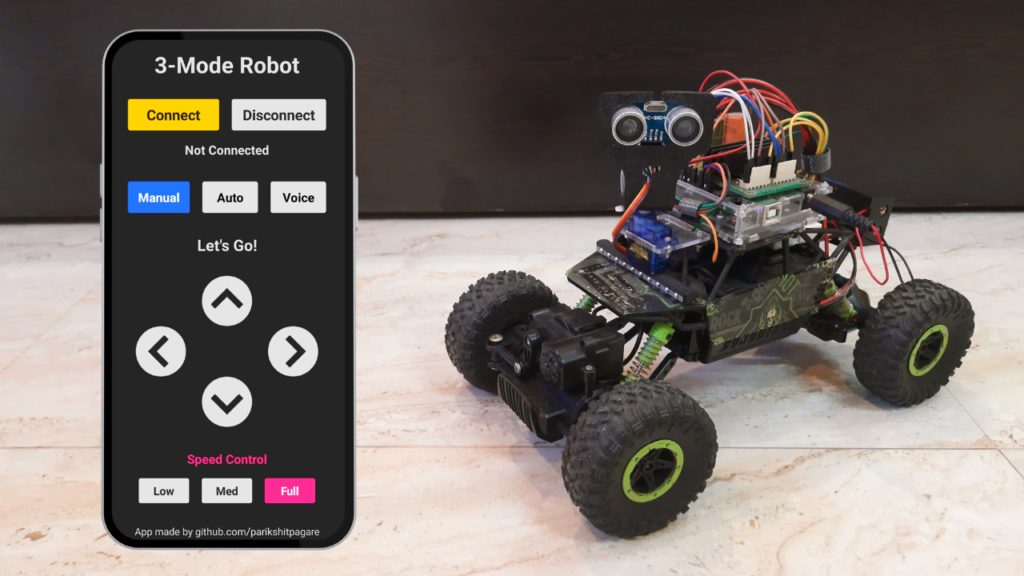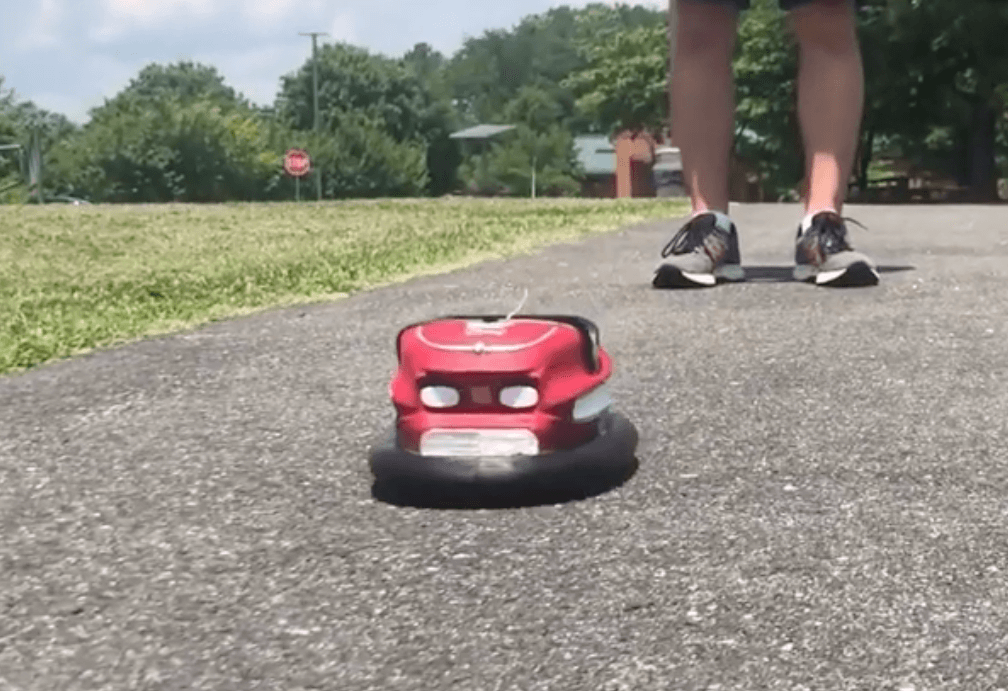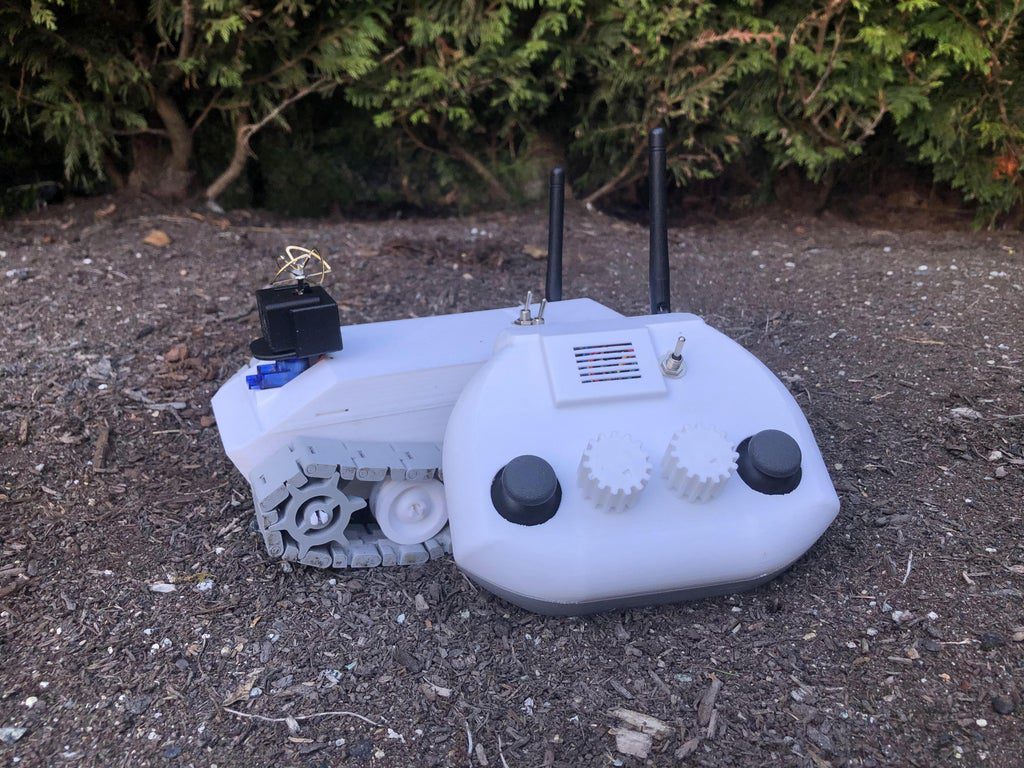Schlagwort: RC car
-

This automatic emergency braking system protects RC cars
Reading Time: 2 minutesIt is a story as old as time (or at least the 1960s): kid gets an RC car for Christmas and excitedly takes it for spin, but crashes it into a wall within five minutes and tears ensue. The automotive industry has cut down on accidents by implementing automatic emergency braking safety…
-

Using a racing sim rig with a real RC car
Reading Time: 2 minutesMost of us will never get a chance to drive a Ferrari F50 around the Nürburgring in real life, but we can all do so in a racing sim. To get the most out of that experience, many people build serious and elaborate racing sim rigs. What if one could use their…
-

This robot car accepts voice commands or operates autonomously
Reading Time: 2 minutesThe fantastic thing about Arduino boards and maker hardware as a whole is that they make creativity accessible. Just a few decades ago, it would take serious expertise and a generous budget to build even a simple robot. But with the technology available today, Parikshit Pagare was able to create this robot…
-

Driving a mini RC bumper car with a Nintendo Wii Balance Board
Reading Time: 2 minutesDriving a mini RC bumper car with a Nintendo Wii Balance Board Arduino Team — October 23rd, 2020 Taking inspiration from Colin Furze’s 600cc bumper car constructed a few years ago, Henry Forsyth decided to build his own RC miniature version. His device features a 3D-printed and nicely-painted body, along with a…
-

Explore the backyard and beyond with this FPV RC vehicle
Reading Time: < 1 minuteExplore the backyard and beyond with this FPV RC vehicle Arduino Team — September 14th, 2020 If you want to build your own first-person view RC rover for some backyard exploration, this design by “MoreMorris” is a great place to start. The tank-esque vehicle features a 3D-printed frame, including print-in-place tracks,…
